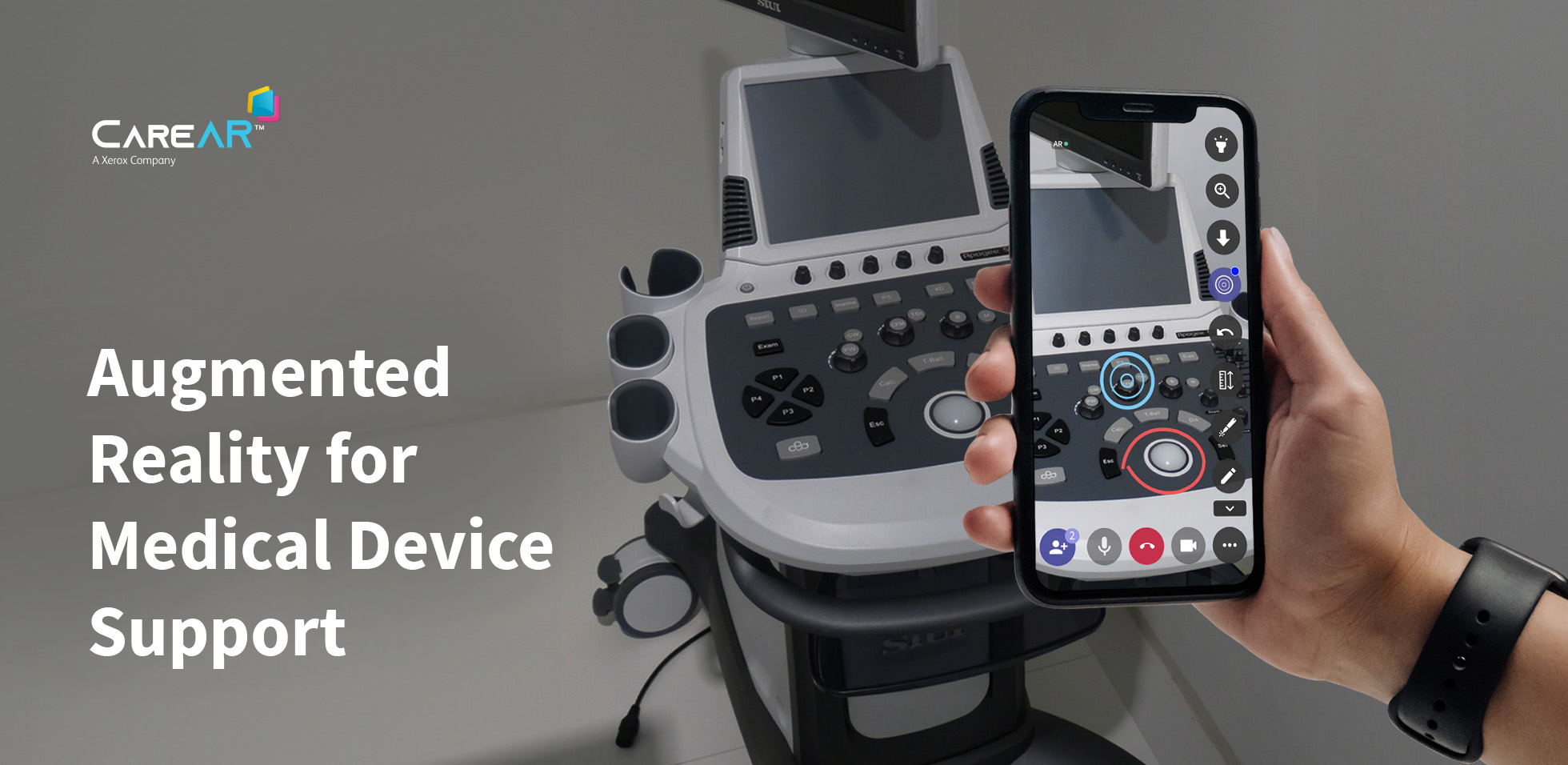The landscape of healthcare delivery is undergoing a crucial shift. With a focus on reducing disparities and improving life expectancy, care is moving beyond the confines of hospitals and into patients’ homes. This transition requires innovative solutions for unified medical device support, guaranteeing a seamless experience for both clinical and in-home devices. This is where Augmented Reality (AR) steps in, offering a powerful duo: AR remote assistance and AR digital work instructions.
Operational Delivery: A Seamless Patient Journey
Envision a future where patients, regardless of location, receive the best possible care. AR empowers this vision by bridging geographical challenges and enhancing the entire patient journey, from preventative measures to post-discharge support.
Empowering Clinical Staff: AR remote assistance allows healthcare professionals to connect with remote experts in real-time. During a complex procedure involving unfamiliar equipment, a technician can access a specialist’s guidance virtually. The specialist, through a live video feed, can superimpose visual aids like highlighted components or step-by-step animations directly onto the technician’s view of the device. This not only streamlines troubleshooting but also reduces the reliance on on-site specialists, freeing them for critical tasks.
Empowering Patients: AR digital work instructions empower patients to be able to manage their health at home. Imagine a diabetic patient struggling with an insulin pump. With AR, clear, step-by-step instructions with 3D overlays can appear on their smartphone screen, guiding them through tasks like refilling cartridges or troubleshooting minor issues. This reduces reliance on hospital visits and fosters patient independence, improving their overall experience.
Quality, Transformation, and Innovation for Medical Device Support: AR as a Game Changer
AR isn’t just about convenience; it’s about achieving transformative improvements within the healthcare system.
Enhanced Patient Safety: AR digital work instructions offer a standardized approach to device operation, minimizing human error and ensuring consistent, safe use across different settings. Remote assistance, meanwhile, allows for real-time intervention by experts, potentially preventing critical mistakes from happening in the first place.
Improved Efficiency and Cost Savings: AR streamlines workflows for both clinical staff and patients. Remote assistance reduces the need for on-site specialists, freeing up their time and resources. Similarly, empowered patients require fewer hospital visits for minor device-related issues. This translates to cost savings for the entire healthcare system.
Driving Innovation: The adoption of AR paves the way for further innovation in medical device design and support. Imagine future devices with built-in AR functionality, providing real-time data and contextual guidance directly to the user. This opens doors for personalized medicine and a more proactive approach to healthcare.
The Road Ahead
The integration of AR remote assistance and AR digital work instructions into medical device support holds immense potential to transform healthcare delivery. By enabling seamless care beyond hospital walls and empowering both patients and healthcare professionals, AR can help us achieve a more equitable, efficient, and innovative healthcare system for all.
